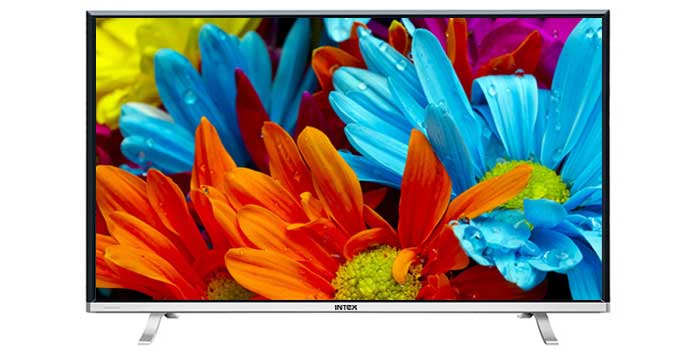Compared to the computer and mobile industries, TV technology develops more slowly, but modern TV sets are not as simple as they once were. They come at different sizes and models and it quite easy to get enticed by their sophistication. Regardless of what we do, we should get better informed decisions before planning to buy a TV set. First of all, we need to perform detailed comparisons, between vendors, brands, technology and sizes. It is important that things we purchase are appropriate to our houses. Some users make mistake by choosing TV sets that are simply too large for their interior. Before choosing wide screen TV, we should measure the depth, height and width of the space. There should also be sufficient extra space for cleaning and removal. The rear audio panel should also be given enough space, especially if we need to connect and disconnect it repeatedly.

In this case, we should get the right balance between our viewing habits and the dimension of the room. Common TV sets have 4:3 aspect ratio, that is three units high by four units wide. The actual size could be different, but we could choose different models based on this ratio. We should also make sure that the room could provide us with enough viewing range. In general, the most ideal viewing range is about six times the diagonal of the display. For example, a 48-inch TV set should be used for some distance away than smaller 32-inch sets. Although high-resolution, wide screen TV offers great pixel density, they should look better when viewer from farther distance. However, wide-screen TV sets allow us to sit at a distance 1.5 times of its diagonal for better clarity, especially because these TV models have exceptional width. With wide-screen TV sets, we could miss out the impressive theatre feel if we sit more than three times the diagonal size. In today’s market, users can be confronted with multiple deciding factors, whether they need to choose regular TV sets or wide-screen models.
Regular TV dimension is approximately 4:3 in aspect ratio, while wide screen model has 9 units height and 16 units width, or 16:9 aspect ratio. This is the same ratio applied on many cinemas. For each square inch of the screen, wide-screen TV sets are typically more expensive, but they are more useful when we plan to watch plenty of HD multimedia content. On the other hand, 4:3 TV sets are useful only watching DVD movies and nothing more. TV sets with 4:3 aspect ratio are still useful for typical requirements, however standards are changing rapidly. Many TV stations are increasingly using wide screen format, so there is still a possibility that normal 4:3 aspect will soon be abandoned. If we are not planning to purchase TV sets too often, then we may consider future-proofed wide screen TV models. Choosing TV sets with based on their aspect ratio can be rather challenging, because these aspect ratios are not exchangeable. When we choose an aspect ratio, it is possible that we will need to sacrifice the other. That’s the reason why we see black bars or letterbox bars, when we run widescreen content on normal 4:3 TV sets.
Either way, we should consider achieving some kind of compromise, especially because these contents don’t exactly fit with one another. We should know how much we are willing to sacrifice the amount of content presented on the screen and whether we need to get full depth of the picture. However, the easiest way is to consider what kind of content available for us. If we already have access to HD content, then it is plausible to start with 16:9 TV sets, however, if we seek to use multiple 4:3 contents, then we need to use more standard models. We just need to be sure that we could find losing some amount of content at the top and bottom of the screen is acceptable.










Comments are closed.